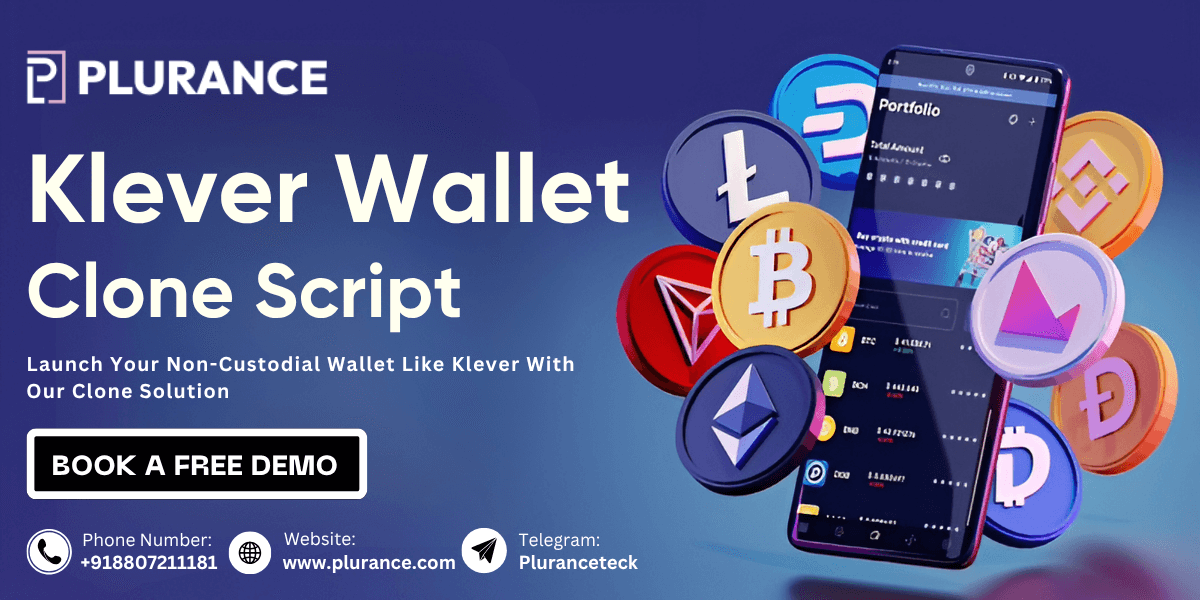Want to build a crypto exchange?Our guide walks you through everything from tech stack to licensing-start your platform with confidence to success in a crypto journey
Are you thinking of starting a cryptocurrency trading exchange in 2025?
Our cryptocurrency exchange business plan for a crypto business startup covers everything you need to think about when starting or growing your crypto exchange business.
And not only that, this blog covers and goes through every section explaining everything that your crypto exchange business plan should include.
Let's get into the blog in detail.
Start a crypto exchange for your business
1. Perform Market Research and Define Your Objective
Starting a crypto exchange involves some market research to identify what your competitors are doing, who your users are, and current trends in digital assets. Take the time to identify what current exchanges are doing well, access any gaps in the market that your exchange can fill, and learn what's trending with potential users.
Some key factors to consider include:
User Base: Who are you targeting? Retail investors, institutional clients, or people new to crypto?
Features: Decide if you will be offering simple trading, futures, staking, or decentralized finance (DeFi) features. Each offers slightly different features and creates different types of traders.
Geographic Market: Decide if your exchange will be region specific or worldwide. If you plan to offer to users in different countries, compliance and localization are key factors.
To carve out a certain place in the market, you have options such as focusing on a specific feature set or localization of content that won't repeat the efforts of your competitors.
2. Find a Reliable Crypto Exchange Development Company
If you don't know how to create a top decentralized crypto exchange or centralized one, you should hire a development company. Websites like clutch and Good firms can help you find reputable companies that have previously worked on crypto exchange projects. Whether you are looking for centralized exchanges or decentralized exchanges, look for reputable vendors with strong portfolios, good reviews , and experience in the crypto space. You may be tempted to go for the lowest price, but remember the old adage: you get what you pay for, and if the quality is poor, you may wind up spending more than intended in the long run.
Pay attention to a few things:
- Solid track record of completed projects
- Positive customer feedback
- Time differentials
- Communication cycle
- Technologies used
- Experience in the crypto space
Also, while you are considering the screening process make sure to convey your idea, ask a ton of questions with an opportunity to understand how each agency approaches their development process.
One of the biggest mistakes business owners make is hiring the agency with the lowest cost. Although this may be beneficial upfront and save you an amount of money, actual losses could easily be exponentially worse.
3. Legal and Regulatory Compliance
Talking to the right legal experts is always a good idea when you are dealing with the complex regulations that surround cryptocurrency exchanges. You need to get the necessary licenses depending on your region of operation and comply with Anti-Money Laundering (AML) and Know Your Customer (KYC) locations. KYC compliance means that the exchange will use documentation or biometric authentication to verify the user's identification. To maximize lifespan in a highly regulated sector, compliance is essential since it not only ensures legality but also builds user trust.
To determine whether there are any future changes in legislation that may affect your business, you may also want to speak with regulatory bodies in advance.
4. Integrate High-Level Security Features
Security is still a top priority when it comes to a crypto exchange because incidents can result in significant financial and reputational damages. Not only does a secure platform guard the user's money, but the reputation of your exchange too.
Here are some considerations:
Cold and Hot Wallets: Cold wallets provide optimal security by storing assets offline in a secure location, making them more difficult to hack into (better security). While a hot wallet gives quicker access to funds for trading. Utilizing a combination of both will typically ensure a better overall security balance.
Two-Factor Authentication: Ensure that users establish their account and utilize 2FA.
SSL Encryption: Secure Socket Layer encryption secures user data establishing a secure connection with the user and the platform.
Regular Audits: Regular audits conducted by cyber security experts will assist in the identification and remediation of vulnerabilities. Audits must be conducted pre-launch and a few times after launch.
DDOS Protection: Distributed Denial of Service protection protects against malicious traffic that would overwhelm and close the exchange.
You should also make sure there is a process for responding to security incidents quickly and also provide education for your users to help mitigate the potential impact of social engineering and phishing attacks.
5: Launch Your Exchange and Implement a Marketing Strategy
Once you have set up a tested and secured exchange, it's time for launch and user acquisition. A marketing strategy will create awareness, trust and excitement about your exchange.
Pre-Launch Campaign: Creating a pre-launch campaign will create anticipation of your exchange. Utilize social media, email newsletters, and cryptocurrency forums to generate interest.
Community Engagement: Build a community by being active on Twitter, Reddit, and Telegram. Education and market insights along with engagement will build credibility and develop user loyalty.
Influencer and Affiliate Marketing: Getting crypto influencers for your marketing or creating an affiliate program would help bring users to your exchange.
Customer Support: Fast and responsive customer support service is one that is able to set an exchange apart. Having a live chat system or 24/7 support service is a must, especially when new users might need hand-holding to learn how to use the platform properly.
Post-launch, your operations should continually improve the platform from user feedback through performance analysis and the rollout of updates and new features. A successful exchange grows with the needs of its users and the changes in the market.
Step 6: Plan for Periodic Updates & Maintenance
Make sure to run a frequent auditing process, quality assurance tests to verify the health of your cryptocurrency exchange. Improving the exchange platform on the basis of user comments will provide a smooth and user-friendly experience.
By taking these steps, you can successfully establish a cryptocurrency exchange that is different from the rest. Creating a cryptocurrency exchange is not a challenging task, particularly if you have a clear-cut marketing strategy and an expert development partner with you.
You would have to collaborate with a possible crypto exchange development company that has experienced developers, testers, technicians, etc.
End up Thoughts
Launching a crypto exchange is a difficult but worthwhile task. By properly doing your market research, selecting the best development methodology, enforcing regulatory compliance, and making security your top priority, you can create a platform that succeeds in the cutthroat crypto space. With the proper strategy, your cryptocurrency exchange can be a pillar of the digital economy, fueling profits and innovation.
Plurance is a top-most Cryptocurrency Exchange Development Company, offers a solution to develop a crypto exchange. Whether using our readymade crypto exchange or white-label crypto exchange software solution, work with our experts to simplify development and concentrate on building your user base.




















 IND
IND














